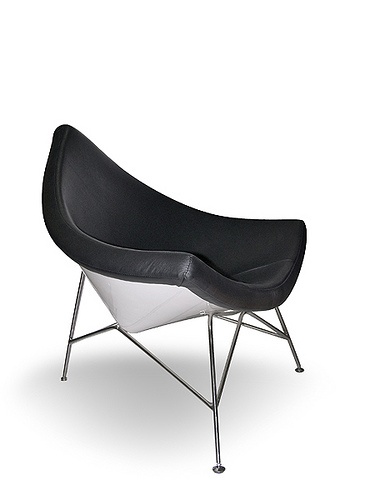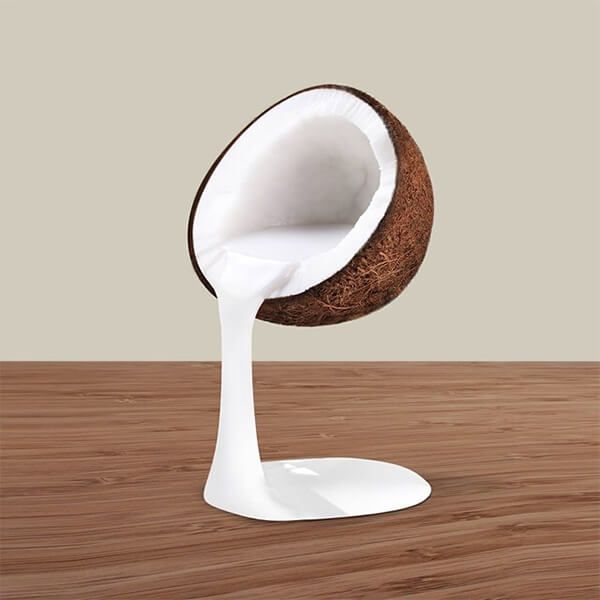Designed in 1955 by then design director of furniture company Herman Miller, George Nelson, the Coconut Chair became an instant modern classic. The success should come as no surprise given that the chair’s creator is one of the most notable figures in modern American history.
Story
The history of the Coconut Chair has its roots in early European modernism and its pioneers, including Ludwig Mies Van Der Rohe, Gio Ponti and Le Corbusier, whose work greatly inspired the young Nelson during his stay in Europe. Clear, simple forms without unnecessary embellishments characterized Nelson’s future designs. A few years after his return to the United States, DJ Depree, chairman of Herman Miller, saw Nelson’s potential. Despite Nelson’s lack of experience in furniture design, Depree offered him the position as the company’s next design director, which he accepted in 1945. Since then, Nelson has provided furniture projects for the company for over 25 years, including the sensational playful design of the coconut chair.
design
As the name suggests, the chair resembles a piece of coconut with reversed colors. However, this tropical fruit wasn’t Nelson’s only inspiration. The shell of the chair strikingly resembles the dome of MIT’s Kresge Auditorium. It should also be remembered that the chair’s design dates back to the mid-1950s, the start of the space race between Russia and the United States. This period of modern history, when mankind was deeply fascinated by space, was also reflected in Nelson’s designs. He was adamant: “Design is a response to societal change.” If you look at the Coconut chair, you can easily connect to the early satellites like Russia’s Sputnik 1.
The chair has the shape of an eighth of a sphere. However, the vertical corner is slightly longer than the two side corners. The chair lacks clearly defined backrests and armrests, so the user is not prevented from assuming a variety of positions. This feature of the design was particularly well embodied by Nelson himself, who summed up the Coconut Chair as follows: “I designed the chair to provide seating comfort in the lounge and great freedom of movement.”
The chair’s lightweight shell is made of plastic that is formed using a molding process. It looks white and has a satin finish. Seating comfort is guaranteed by a thick layer of foam rubber covered with supple black leather. The coloring creates an interesting, intense contrast between the white shell and the black cushion. The chair is supported by three thin, chromed legs made of bent steel rods, with nylon glides attached to the ends. The legs are spanned with diagonal crossbars for added structural stability. The balanced proportions of the chair are achieved through the geometric consistency between the three-legged base and the triangular seat.
The Coconut Chair is an absolute essence of modernist design. Even more than 50 years after its presentation, the chair has lost none of its futurism. This timeless piece of furniture still looks extravagant and fascinating and is a great, tasteful addition to any modern interior.













